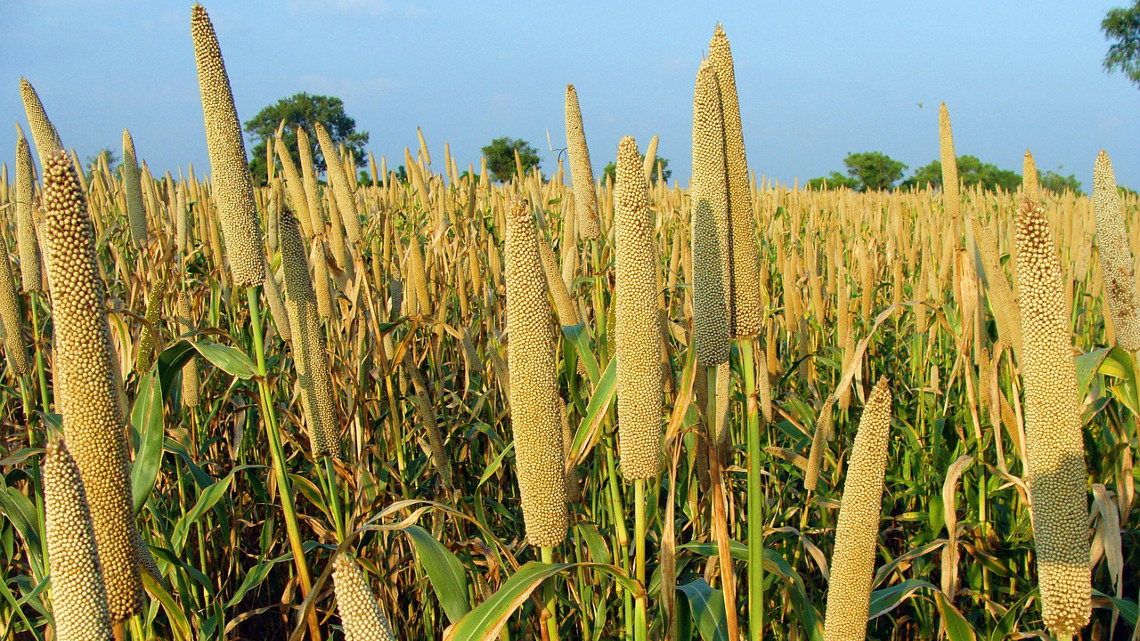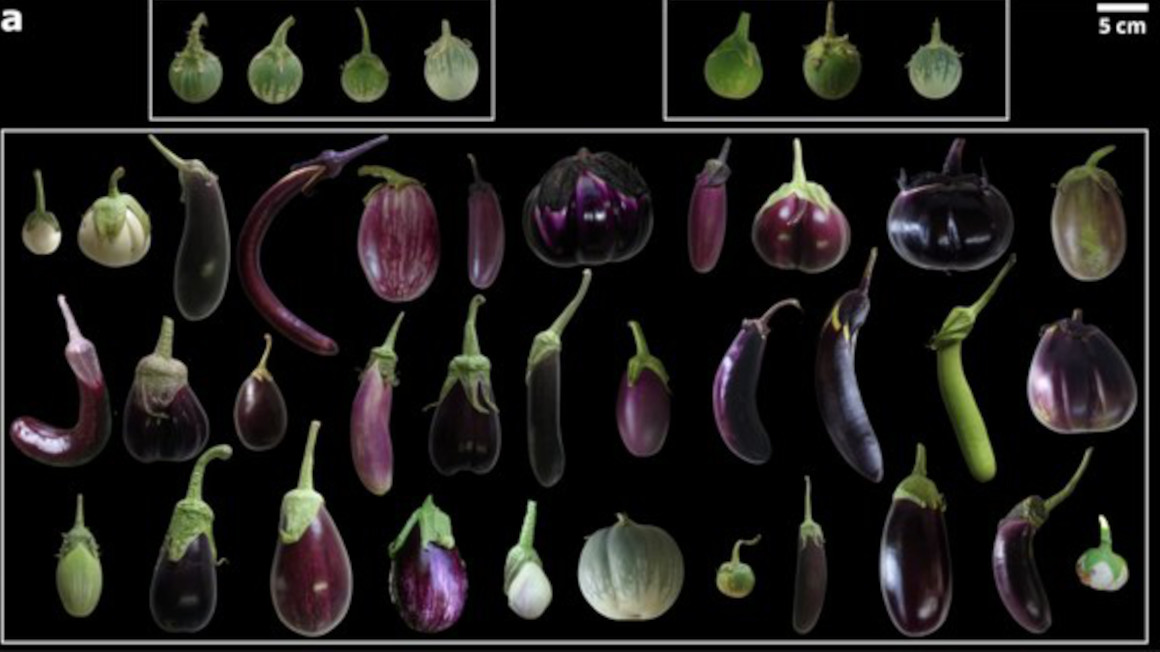Pearl millet genome deciphered
Scientists from Gatersleben helped decipher the genome sequence of the pearl millet, a drought resistant crop plant that grows even on nutrient-deficient soil.

An international consortium including scientists from the Leibniz Institute of Plant Genetics and Crop Plant Research (IPK) in Gatersleben has published the genome sequence of the pearl millet, a drought resistant crop plant that is one of the main food sources in arid and semi-arid areas. The genome sequence was published in the journal “Nature Biotechnology”.
A drought-resistant food plant
The pearl millet (Cenchrus americanus 72 (L.) Morrone synonymous for Pennisetum glaucum) is a major food plant in arid and semi-arid regions of Africa, India and Asia. It is extremely drought-resistant and thus important to small and medium farmers who grow the plant without larger irrigation systems. Even under adverse drought and heat conditions, when rice, maize or wheat provide no more harvest yields, the pearl millet still delivers a good harvest index. Given global warming, increasing drought issues, and nutrient-depleted farmland, plants that survive these circumstances and still provide a good harvest yield are of ever growing importance. The specific genetic make-up of such resistant plants could provide solutions to improve the drought resistance of other plants as well.
Genome sequence holds the key
Although the high resistance against drought stress of the pearl millet is well-known, the molecular mechanisms underlying this are far from understood. "The first steps to elucidate molecular mechanisms in any organism from plants to animals to microbes is to sequence and analyze their genome, proteome and metabolome", says systems biologist Wolfram Weckwerth, head of the Department of Ecogenomics and Systems Biology and Chair of the Vienna Metabolomics Center of the University of Vienna.
Comparing genomes to find the solution
In addition to the genome of the pearl millet, the consortium also sequenced 994 further breeding lines and wildtypes to reveal molecular properties that underlie the drought resistance mechanisms on a genome basis. "Furthermore, this study provides the basis for marker-selected breeding studies", says the coordinator of the genome project Rajeev Varshney.
In the future the researchers aim to use their newfound genetic knowledge of drought resistance to improve the resilience of major food plants such as rice, maize or wheat.
jmr


